Nigeria, the Giant of Africa, is a country with a very rich agricultural history. Strategically located on the continent, Nigeria enjoys diverse climatic conditions fitting for agricultural practices and fertile landscape that offer perfect conditions for growing a broad variety of food crops, it is therefore not surprising that the country is recognized for certain food crops within the continent and across the globe.
In this blog post, we will explore some of these food crops grown by farmers in Nigeria, highlighting their significance in nourishing the population and contributing to sustainable agriculture and economic prosperity.
.
CASSAVA
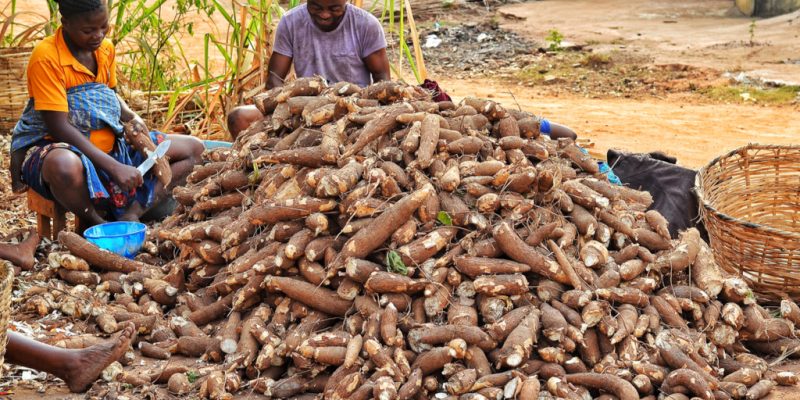
First on the list of food crops that guarantee high economic returns for farmers is Cassava.
Cassava has a name in all three major languages in Nigeria. It is a staple food crop that thrives in almost all agro-ecological zones across the country. Cassava roots are a major source of carbohydrates and can be processed into various food forms such as Garri (granulated cassava), Fufu (starch), and Tapioca amongst others. Cassava cultivation offers an essential source of income for farmers and contributes significantly to Nigeria’s food security.
Nigeria is the largest cassava producer globally, accounting for about one-fifth (21%) of total production worldwide. The demand for cassava and its constituents is high in the domestic economy. However, the supply has been unable to meet the huge demand. For instance, the supply-demand gap for High-Quality Cassava Flour stands at about 485,000 metric tonnes (MT) per annum while the gap for cassava starch is about 290,000MT.
PwC estimates that Nigeria would need about 28.3 million metric tonnes of fresh cassava root planted annually on about 1.2 million hectares of land to meet the country’s demand for cassava by-products and derivatives.
Guess what? In 2021, The Federal Government stated that when fully harnessed, Nigeria has the capacity to generate as much as $18 billion from the export of its estimated 45 million metric tonnes of cassava products every year.
Sounds like a great opportunity right?
The market is growing and you need to secure a great harvest. You need to protect your Cassava from weeds using pre-emergence herbicides such as Rooter, Vigor or Altrazine (80WP/50FW); post-emergence herbicides such as Gallant Super; and from insect attacks using Solitex (efficient against beetles and hoppers) or Termex (perfect for controlling termites). There is no proper post-emergence herbicide for cassava. The closest solution anyone can get in Nigeria is Gallant Super. Gallant Super controls ONLY grasses in broadleaved crops. It should only be used if the predominant weed on the farm are grasses. The application should be done very early i.e. when weeds are at 2-4 leaf stage.
MAIZE (CORN)
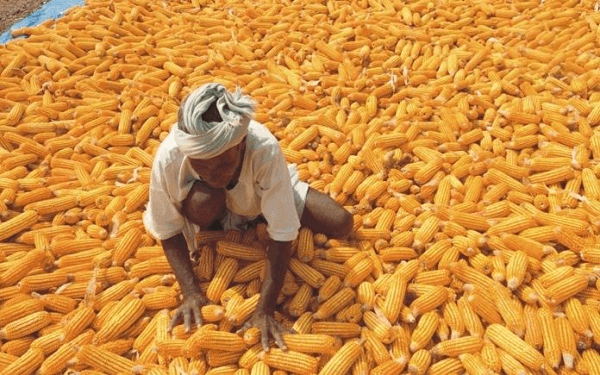
Maize is another important food crop widely cultivated by Nigerian farmers. It serves as a staple food for many households and is a versatile crop used in numerous culinary preparations. Maize may be consumed directly or processed into products such as Cornmeal, Popcorn, and Animal feed. Its cultivation provides a source of income for farmers and supports the local economy through trade and processing activities.
Maize, one of the most popular food crops in Nigeria, is widely consumed by millions of Nigerians and is also used for the production of animal feeds.
However, local production has for years lagged consumption, a situation that has fueled importation with implications for Nigeria’s currency and job creation.
In 2019, Nigeria was Africa’s second largest maize producer after South Africa and the 14th largest producer globally. Yet, its local maize demand continues to surpass supply thus creating an annual demand gap of about 4 million metric tonnes annually. According to USDA, maize imports into Nigeria doubled from 500,000 metric tonnes to 1 million metric tonnes between October 2019 and October 2020.
In 2020, due to the increased quantity of maize imported to the country, the CBN banned the issuance of forex for the importation of cereal. The bank has also financed efforts to boost maize farming.
Here’s a tip: Get Altrazine (80WP/50FW) or Vigor as pre-emergence herbicides; Striker or Select as post-emergence herbicides; Cypertex, Hallakat, Kombat, Solitex, Termex, Kare works as insecticides while Blue snow works as a fungicide
Remember your harvest won’t count if they are no longer fit for the market.
RICE
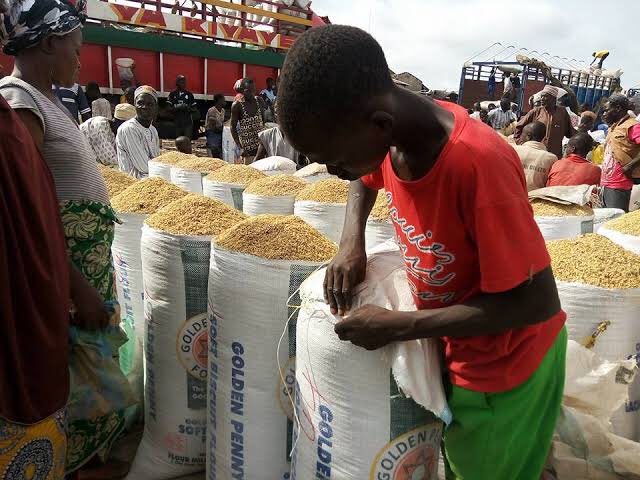
Perhaps the most popular food crop in Africa, Rice is a crucial cereal crop that almost no family can do without. Rice is also the preferred food for major celebrations and ceremonial events, so it is understandable that the demand for crop production has considerably increased over the past few years. Venturing into rice farming is therefore a smart move for any Nigerian farmer right now, especially in the northern and southern regions of the country where demand is incredibly higher.
Revenue in the Rice market amounts to US$3.85bn in 2023. The market is expected to grow annually by 15.69% (CAGR 2023-2028)
If you are looking to start rice farming or already into it, getting pre-emergence herbicides such as Buster or Hedge or post-emergence herbicides such as Acrox, Select, Seletgold or Nominee Gold is a no-brainer for controlling/eliminating weed attacks. Hallakat or Fipro works as insecticides while Blue Snow works as a fungicide.
YAM
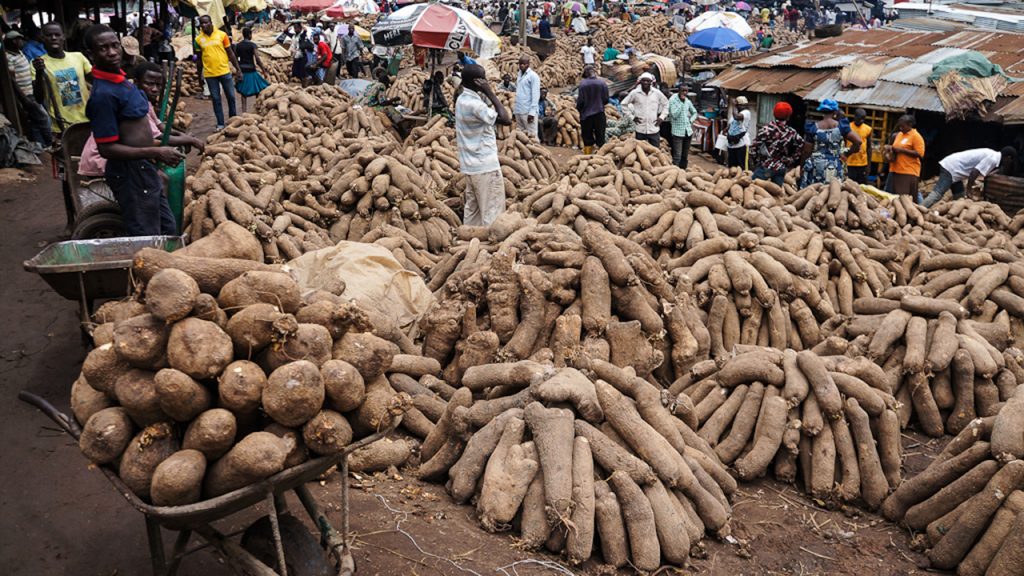
Yam is a tuber crop deeply connected to Nigerian culture and food history. It is valued for its taste, texture, and versatility of cooking (edible as boiled, porridge, fried chips, roasted or even pounded). Currently, Nigeria is the largest producer of yam globally, with various yam species cultivated across the country so therefore, yam has the potential for economic empowerment for farmers and contributes significantly to the economy through domestic consumption and export.
Over 90% of global yam production is from West Africa where it provides food and income for above 300 million smallholder farmers.
Make sure to protect your yam farms from insect attacks using pre-emergence herbicides such as Rooter, Post-emergence such as Gallant Super and insect attacks with Solitex or Termex.
COWPEA (BEANS)
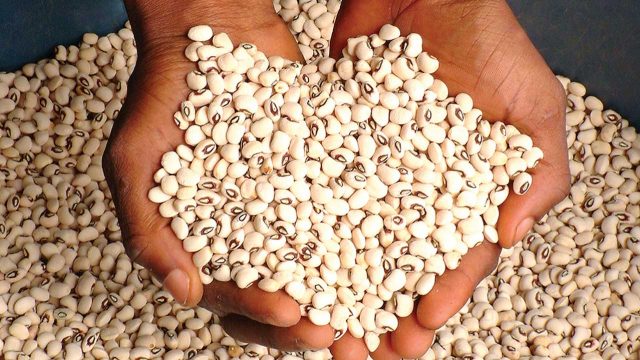
Cowpea (beans) are a vital source of protein cultivated by both small-scale and commercial farmers as alternatives to expensive animal protein such as meat or fish. They are versatile and can be used in a variety of dishes, from soups and stews to salads and snacks. Cowpea cultivation is particularly common in the Northern states of Nigeria, and it contributes to the income generation and food security of farmers in the region.
With this high level of nutritional benefits and financial importance, do not allow weeds or insects to steal your yields. Protect your bean farms from weeds using pre-emergence herbicides such as Pendigold and post-emergence herbicide such as Twig, and from insect attacks using insecticides such as Captor or Vanguish.
Having said that, how do you like your beans?
Let us know in the comment section below.
In conclusion,
Cassava, maize, rice, yam, and beans are just a few examples of crops that contribute to the overall agricultural prosperity of Nigeria. So, just in case we skipped your preferred food crop, be rest assured it was not to undermine your efforts. You are making Nigeria proud and we love you.
If your preferred crop wasn’t captured on the list, please share in the comment section below and who knows we may just write about it next week! Hope you enjoyed the article – sharing is better, please share.




